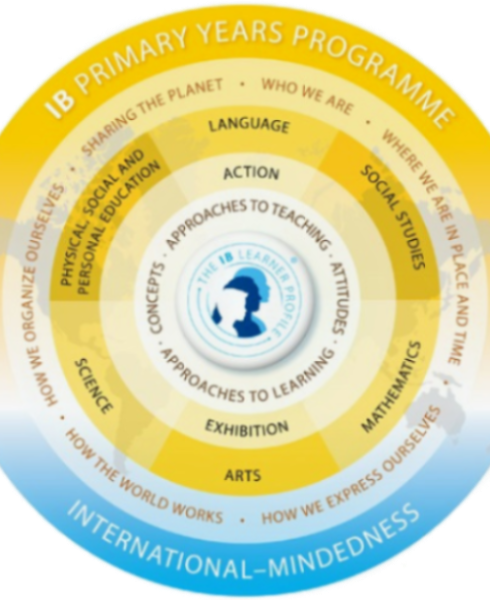
Alexander Charles Morton-Wright
.png)

Designing the Ideal Early Childhood Education Program
Environment
As mentioned previously, the physical space will be based on Reggio Emelia's ideas for a kindergarten integrating the school with the surrounding environment, including the rest of the school and its community. Children can best create meaning and make sense of their world through environments that support sustained, complex, changing, and varied relationships between people and a world of experiences, ideas and the many ways of expressing these ideas.
Physical Environment
The classroom will have large windows on walls to increase natural light and exterior doors to seamlessly switch to outdoor play. Nature will be visible through the windows, and a strong focus on natural light and plants dispersed through the classroom. Entries will be designed to capture both adults and children's attention through the use of mirrors on all surfaces with photographs, and children's work showcased with captions showing their thoughts and discussions. The same style will be present in the classrooms displaying the children's projects surrounded by natural objects and prepared theme-based classroom materials. The physical environment is designed to capture the viewer's attention while also providing a record of the children's learning.
Social Environment
Classrooms will open into a central piazza with open community play areas and access to courtyards with views of the surrounding community. Teachers will be models for children in their social interactions showing respect and kindness to emulate with others. The teachers will create an environment that is welcoming and conducive to learning for the children smiling and speaking in a calm voice, welcoming conversation. The teacher will teach the rules, procedures and expectations and then consistently reinforce them to help create a preventative climate rather than a reactive climate.
School Community
We will encourage the school to be a community instead of walling off different classes. Doing this will create opportunities throughout the school for children to interact. Classrooms will usually have glass walls that divide other classes and can include secret passageways, child-friendly inter-class phones and other innovative ways to encourage inter-class interactions. The piazza will be where a dress-up area is situated for all classes to use encouraging engagement in the community space. Areas such as lunchrooms and bathrooms will also communal.
Workstations
There will be clearly designed spaces for various activities in the class with plenty of materials and space for children to work within. There will be a dedicated space for large and small group activities, a couple of large workstations, and a few smaller workstations.
Temporal Environment

IBPYP Approach
The IB learner profile describes a broad range of human capacities and responsibilities that go beyond academic success and imply a commitment to help all members of the school community learn to respect themselves, others and the world around them.
The IBPYP transdisciplinary themes include; who we are, where we are in place and time, how we express ourselves, how the world works, how we organize ourselves, and sharing the planet.
Inquiry-based and student-centered education with responsible action at its core, enabling students to learn between, across and beyond traditional subject boundaries. The framework serves as the curriculum organizer and offers an in-depth guide to achieve authentic conceptual inquiry-based learning that is engaging, significant, challenging and relevant.
High Scope Approach
Plan-Do-Review: Children make choices about what they will do, carry out their ideas, and reflect on their activities with adults and peers. By participating in the plan‐do‐review process, children gain confidence as thinkers, problem‐solvers, and decision-makers. Learning how to act with intention and reflect on the consequences of their actions. Abilities that will serve them well in school and throughout their lives.
Active Participatory Learning: needs five ingredients to be successful. Materials, manipulation, choice, child language and thought, and adult scaffolding.
Conflict Resolution: HighScope uses conflict as a teachable SEL moment and has a six-step process to scaffold children’s understanding of conflict resolution.


Reggio Emelia Approach
Reggio classrooms aim to integrate with the surrounding environment including the rest of the school and its community. Believing children can best create meaning and make sense of their world through environments that support sustained, complex, changing, and varied relationships between people and a world of experiences, ideas and the many ways of expressing these ideas.
Physical Environment: Reggio preschools integrate nature into the classroom with a strong focus on natural light and plants. Classrooms open out into a centre piazza (public square) with open community play areas and access to courtyards with views of the surrounding community. Large windows in classrooms and on walls are used to increase natural light and exterior doors in each classroom to seamlessly switch to outdoor play.